
Update: This article was last updated on 6th January 2026 to reflect the accuracy and up-to-date information on the page.
Sensor-based appliances are not just a part of our daily lives, they are everywhere. From home appliances to smart lighting, sensors are the invisible threads that connect us to the modern world. Fueled by sensor technology, the intelligent lighting sector is projected to reach a staggering USD 44 billion by 2030, a clear indication of the ubiquity and importance of sensors in our lives.
These sensors make modern living more convenient, prompting the need for awareness, especially for those children interested in robotics. This blog is not just a guide but a powerful tool for initiating tech conversations with kids. It presents the fundamental definition of sensors, explains what a sensor is and what its types are, provides examples of sensors in everyday life, and lists the top 8 types of sensors found in modern gadgets. Understanding types of sensor technologies and their applications can inspire children to explore how these technologies shape our world, empowering them with knowledge and curiosity.
What is a Sensor?
A sensor is a device capable of detecting or capturing data from the surrounding environment and then converting the data into electric signals. The data can be in the form of light, heat, motion, moisture, pressure, and so on. What is a sensor and its types? Sensors can be classified into various categories based on their functionality, such as temperature sensors, motion sensors, pressure sensors, and more. Next, a microprocessor further processes the electronic signals into actionable outputs.
The system aims to communicate the final output to users through readable displays, notifications, etc. Depending on the purpose of any gadget, it may consist of multiple types of sensors. For instance, your refrigerator has a couple of examples of sensors (door sensor, lid sensor, level sensor, temperature dial sensor, etc.) that serve different functionalities. These examples of sensors in everyday life illustrate how sensors are integral to modern technology, enhancing convenience and efficiency.
Similar Reading: What Is A Robot Sensor? Working & Its Applications
What is a Sensor?
| S.No. | Sensor Type |
|---|---|
| 1 | Motion Sensor |
| 2 | Smoke Sensor |
| 3 | Thermal Sensor |
| 4 | Light Sensor |
| 5 | Proximity Sensor |
| 6 | Temperature Sensor |
| 7 | Sound Sensor |
| 8 | Pressure Sensor |
1. Motion Sensors
Does your child get startled by the glass doors that open automatically in different malls? Do the self-moving elevators at metro stations keep them puzzled? Tell them that this is no magic. Instead, it is pure science. All these devices leverage top-notch sensors, which can detect people’s presence flawlessly.
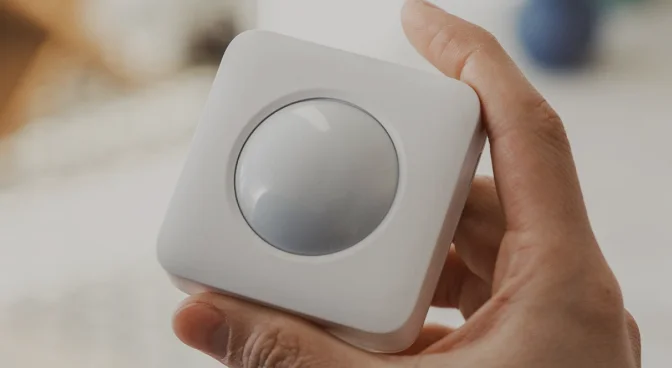
These include various types of sensors designed for specific purposes. The sensors detect motion and send signals to trigger processes like the movement of elevators or the opening of gates. For instance, motion detectors and infrared sensors are examples of sensors in everyday life. If your child is curious about what a sensor is and its types, you can explain that sensors are devices that detect and respond to changes in the environment. Understanding what the types of sensors are helps them grasp how these marvels of technology work seamlessly around us.
2. Smoke Sensors
Have your children ever run into a problem at school after creating smoke in a science lab and setting off the fire alarm? Sensors, like smoke sensors, are fitted in residential and commercial buildings. Schools and hospitals, too, rely on smoke sensors to avoid mishaps related to fire breakouts.
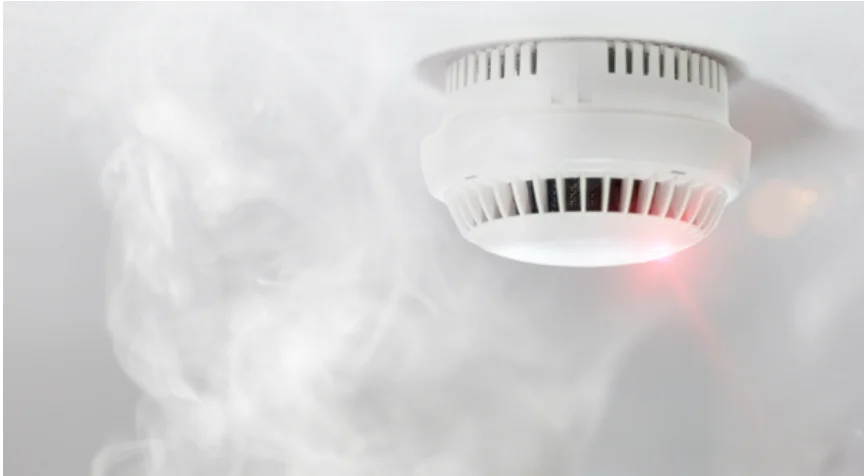
What is a sensor and its types? A sensor is a device that detects physical, chemical, or environmental changes and converts them into signals that humans or instruments can read. Smoke sensors are just one of the many types of sensors used in everyday life.
Sensors in everyday life include motion sensors, temperature sensors, and pressure sensors, all of which serve to make our surroundings safer and more efficient. Types of sensors, such as smoke, heat, and gas sensors,s are commonly used to detect potential hazards and trigger emergency alarms to alert people around. The idea is to minimize the extent of the damage and save precious lives and property.
Read more about: MASTERING STEM WITH LEGO: CREATIVE CODING PROJECTS
3. Thermal Sensors
Enjoying a comfortable temperature inside the room is possible because of sensors, specifically thermal sensors. The air conditioner in your house that says “Weather control” leverages a thermal sensor to ensure that the internal temperature stays comfortable and constant despite external temperature fluctuations. This is just one of the many examples of sensors in everyday life that enhance convenience and efficiency.
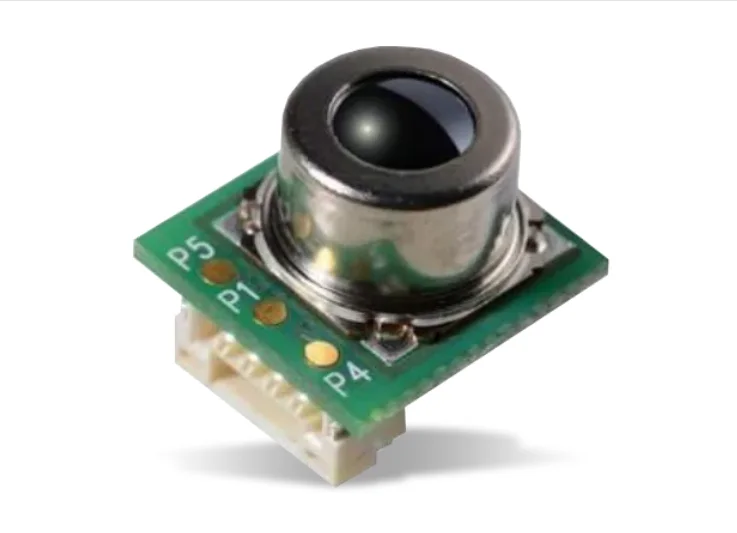
Also, the geyser or water heater that cuts off electricity once the water gets heated up as per your requirement works on the same principle. To understand this better, it’s essential to know what sensors are and their types, as well as explore the various types of sensors commonly used in household devices. Examples include proximity sensors, thermal sensors, and motion detectors, showcasing the wide range of applications for sensor technology.
4. Light Sensors
Children generally feel surprised to see a room automatically lit up as they step in. Do not feed their inquisitive mind with made-up magical stories. Instead, they should be introduced to sensors, specifically light sensor technology.
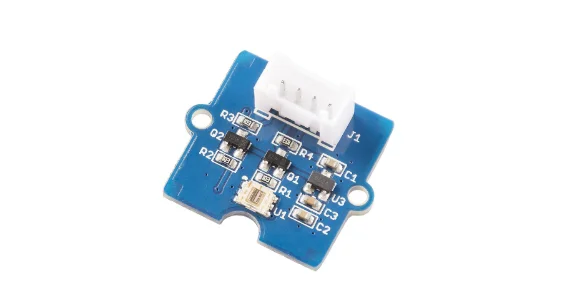
Light sensors are commonly used in smart homes, office complexes, and several other places to cut down on unnecessary energy bills. They are a great way to explain sensors and their types, helping children understand how different technologies work together in everyday life. For instance, light sensors are among the types of sensors that respond to light intensity, and they are excellent examples of sensors in everyday life.
Also, light-sensor-backed devices make it easy for elderly people, toddlers, and specially abled people to use. Exploring examples of sensors like light, motion, and temperature can spark a child’s curiosity about technology. If you are wondering what types of sensors there are, there are many, including proximity sensors, pressure sensors, and more, all playing a vital role in our daily lives.
Read more about: 7 AMAZING ROBOTS FOR FUN AND LEARNING
5. Proximity Sensor
Have you ever asked yourself how your phone’s screen decides when to turn itself off while you’re on the phone? That’s where sensors, like proximity sensors, come in. Proximity sensors work by sensing whether or not an object is within a certain distance. There’s no physical contact between the sensor and the object. Kids can learn about how proximity sensors work in devices like automatic hand dryers and touchless taps.
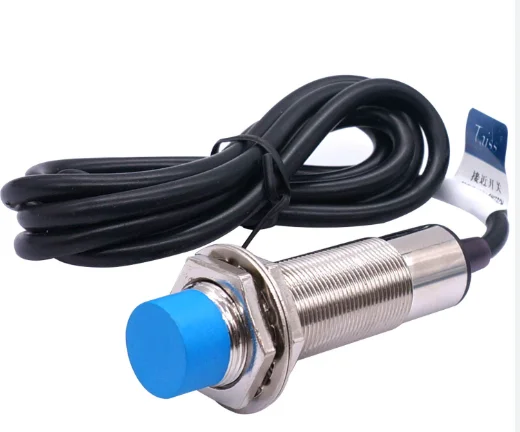
Understanding what a sensor is and its types can be fascinating, as numerous types of sensors play essential roles in our daily lives. For instance, proximity sensors are just one of many examples of sensors. Other types of sensors include temperature sensors, light sensors, and motion sensors. These are also shared examples of sensors in everyday life, found in gadgets like thermostats, cameras, and even in vehicles. So, if you’re wondering what the types of sensors are, exploring their uses and applications can open up a world of learning opportunities.
6. Temperature Sensors
These sensors can tell you the temperature of whatever you’re trying to measure, like liquid or air. They’re used all over the place, like in appliances, machines, planes, cars, computers, gardens, farms, thermostats, etc. Examples of sensors in everyday life include thermostats, weather stations, and even smartphones that adjust brightness based on ambient light.
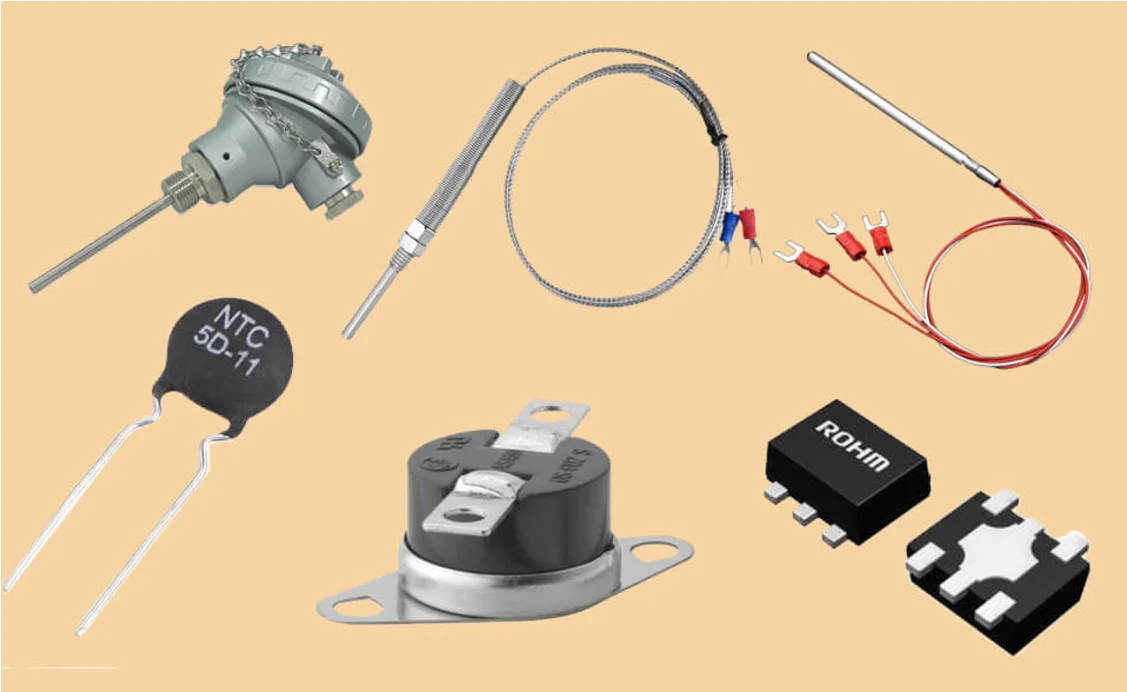
Temperature sensors measure how hot something is. Kids can see this in their everyday lives, like when they feel the sun or the wind. Knowing about the types of sensors can help them understand how different devices work to monitor and adapt to changes in the environment. Learning what a sensor is and its types gives children a broader perspective on technology, helping them grasp the types of sensors used in various fields. Understanding examples of sensors can also help them connect science concepts to real-world applications, like climate and weather.
Read more about: BUILDING AND PROGRAMMING ROBOTS WITH AI
7. Sound Sensor
Imagine a device capable of comprehending and responding to auditory stimuli. This is where the role of sensors, particularly sound sensors, comes into play. Children can explore the realm of voice-enabled assistants, touch-activated lighting fixtures, and other devices that respond to auditory stimuli. By gaining an understanding of sensors and their types, including sound sensors, children can be introduced to the fundamental principles of sound wave processing and the interpretation of audio signals by technology.
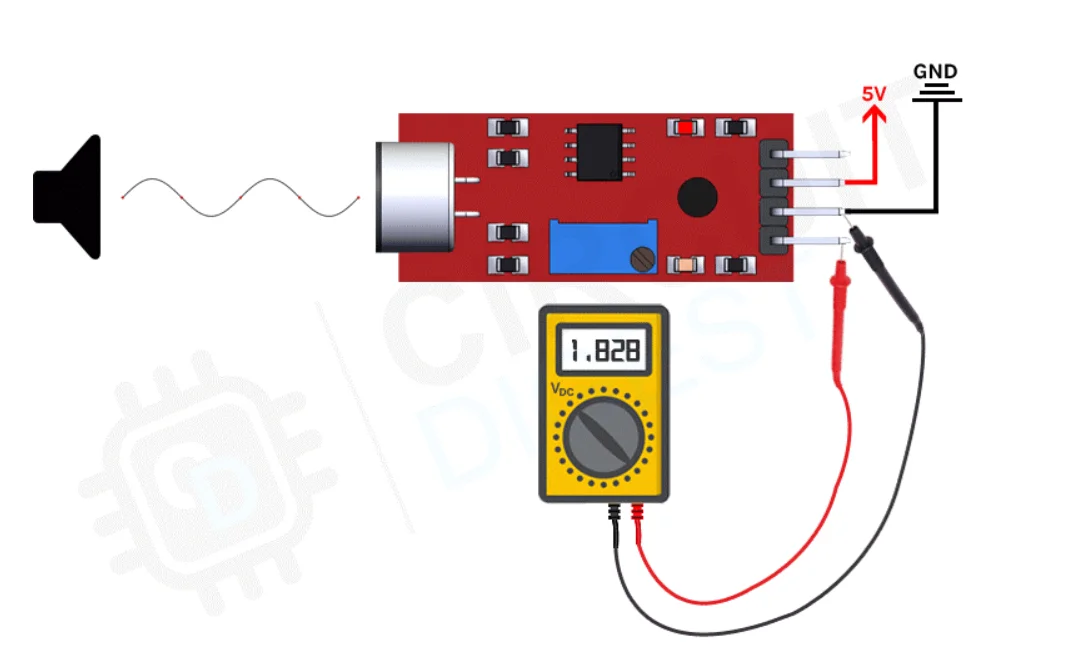
Learning about the types of sensors opens up a fascinating world of possibilities. From examples of sensors in everyday life, such as motion detectors, temperature sensors, and sound sensors, to understanding what are the types of sensors like light sensors, gas sensors, and pressure sensors, children can see how technology interacts with the world around us. Exploring examples of sensors helps children connect theoretical concepts with practical applications, enabling them to grasp the significance of sensors in modern innovations.
8. Pressure Sensor
Have you ever wondered how a smartwatch can tell if you’re going up a flight of stairs? Well, pressure sensors are here to help. They measure the force that’s applied to them and can be used in a variety of ways, from tracking your altitude in a GPS device to keeping an eye on tire pressure in your car.
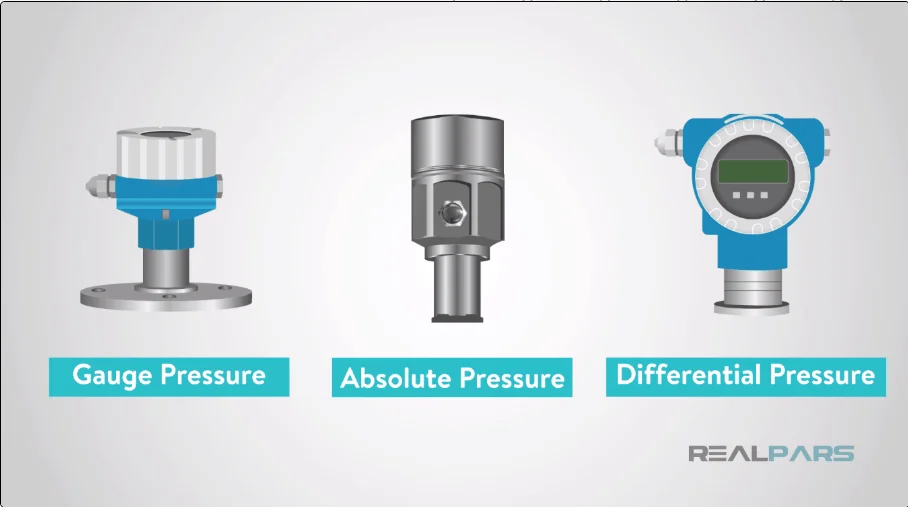
Looking into types of sensors like pressure sensors can give you a better understanding of forces, altitudes, and atmospheres. There are many examples of sensors that help us in everyday life, such as temperature sensors in refrigerators or motion sensors in security systems. Understanding what is a sensor and its types can provide valuable insights into how these devices work.
Examples of sensors in everyday life show how they play a vital role in making our lives more efficient and connected. Exploring types of sensors helps you appreciate the variety of ways sensors impact our daily activities. So, whether it’s knowing what types of sensors are or exploring specific types of sensors, the possibilities are endless.
What is a pressure sensor?
A pressure sensor is a gadget with a pressure sensor attached. It measures how much pressure a liquid or gas is giving off and converts it into an electric signal. It’s also used to measure water flow in pipes or tanks and let the person in charge know when something needs fixing.
More recently, a pressure sensor has been used in planes and vehicles to measure altitude and force all the time. When looking at types of sensors, a pressure sensor is just one example, showcasing how sensors are utilized in various applications. Other examples of sensors in everyday life include temperature sensors, motion sensors, and light sensors. Understanding what is a sensor and its types can help clarify how technology interacts with the world around us. There are many types of sensors, and each plays a critical role in different fields, from automotive to healthcare. Among the types of sensors, pressure sensors are crucial for monitoring conditions and ensuring safety.
Read more about: 15 ROBOTICS KITS THAT MAKE GREAT GIFTS IN 2023
Sensors in our everyday lives
Sensors are all around us and play a vital role in our everyday lives. Here are just a few examples:
- Your smartphone: Your smartphone has a variety of sensors, including a temperature sensor, a light sensor, a motion sensor, and a proximity sensor. These sensors are used to power many of the features on your phone, such as the screen brightness, the automatic lock, and the proximity sensor that turns off the screen when you hold the phone to your ear.
- Your car: Your car has a speed sensor, a temperature sensor, a proximity sensor, etc. These sensors assist the speedometer, the airbag deployment system, and the parking sensors.
- Home: Your home has a variety of sensors, including a smoke detector, a carbon monoxide detector, and a thermostat. These sensors are used to protect your safety and comfort.
Sensors in the future
Sensors are becoming increasingly important as our world becomes more connected. In the future, sensors will be used in even more ways to improve our lives. For example, they could monitor our health, improve our infrastructure, and make our homes and cities more energy-efficient.
How Sensors Can Help Kids Learn
Sensors can be a great way to help kids learn about science and technology. Here are a few ways to use sensors in the classroom:
- Use sensors to conduct experiments. For example, students could use light sensors to measure the amount of light that plants need to grow.
- Use sensors to create projects. For example, students could use motion sensors to create a motion-activated alarm system.
- Use sensors to explore real-world problems. For example, students could use sensors to monitor air quality or pollution.
Conclusion
In a world dominated by technology, understanding sensors is an essential skill for children. Not only does this satisfy their innate curiosity, but it can also provide a basis for future learning in Science, Technology, Engineering, and Mathematics (STEM). As children explore the types of sensors available, they can gain a greater understanding of the devices and systems that make their lives more connected and pleasurable. Exploring examples of sensors can help children see the practical applications of technology in their everyday lives.
Learning about examples of sensors in everyday life can make the concept of sensors more relatable and engaging. By understanding what a sensor is and its types, children can start to appreciate the different types of sensors used in modern devices. Promoting this knowledge can foster the next generation of inventors and problem solvers who will define the future of technology.
Moonpreneur is on a mission to disrupt traditional education and future-proof the next generation with holistic learning solutions. Its Innovator Program is building tomorrow’s workforce by training students in AI/ML, Robotics, Coding, IoT, and Apps, enabling entrepreneurship through experiential learning.






















